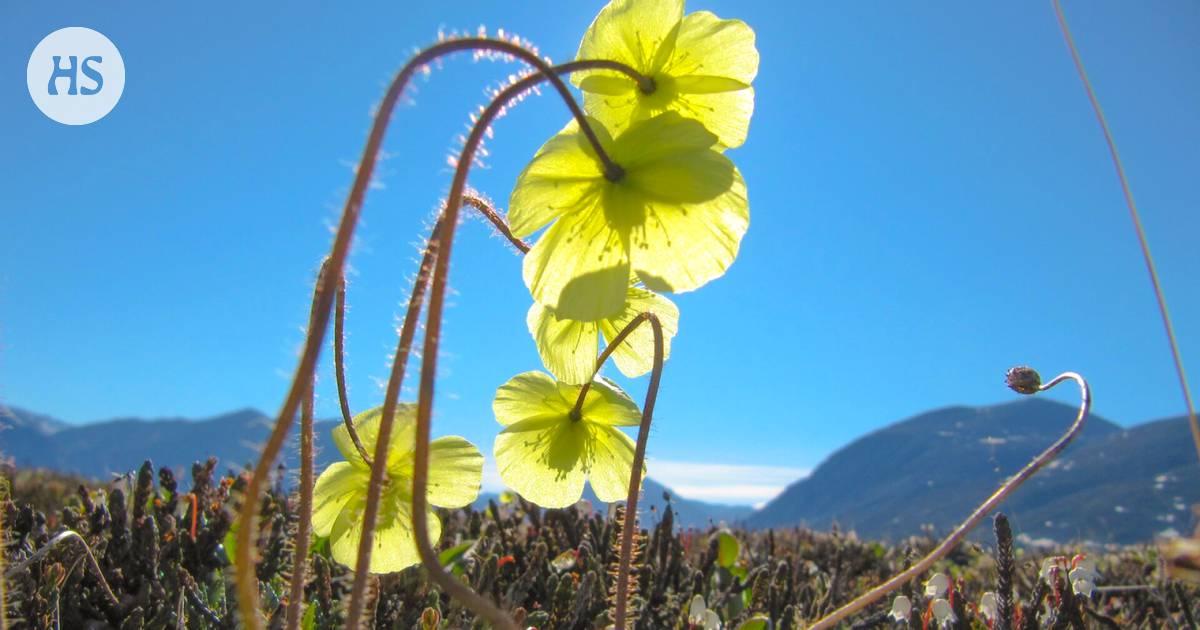
As climate change continues to alter the environment, anemones, gnats, and crickets are experiencing fluctuations in their behavior much like a rollercoaster ride. While spring may be earlier and milder on average, there can still be storms and snow. This variability presents challenges for both plants and animals. When conditions are warm and snow-free, plants need to sprout early, insects need to take flight, and birds need to lay their eggs. However, in colder winter years, these activities become more difficult and costly.
A new study conducted in Northeast Greenland has shed light on the challenges faced by plants and animals in the North and Arctic regions due to rapid warming. The study region includes the North Arctic region, Svalbard, Arctic Ocean islands, and the northernmost coasts of Siberia and Canada. Researchers have been monitoring the spring activities of plants, arthropods, and birds for the past 25 years. The results show that while there is an overall warming trend, the timing of spring events like flowering, insect awakening, and egg-laying varies significantly from year to year.
Around 20 species or groups of organisms were monitored in the study, including Lapland’s anemones, tundra willows




:max_bytes(150000):strip_icc():focal(745x176:747x178)/kylie-jenner-051924-1-af52c4151d7d427ea1aaa4598bf30fcf.jpg)

